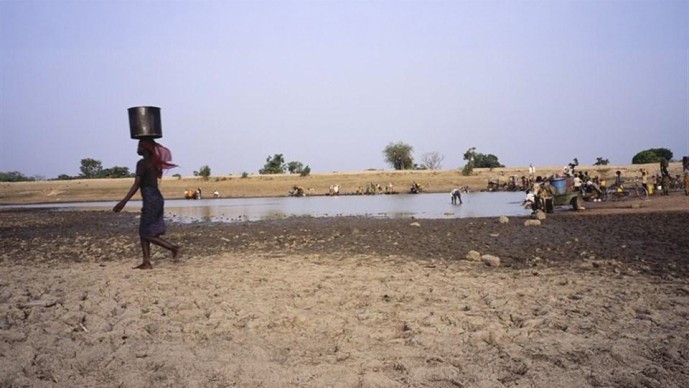
Worms - roundworms, whipworms, hookworms - are the focus of our Grand Challenges Explorations (GCE) topic on neglected tropical diseases. How would your summer change if going barefoot meant the possibility of these worms boring into your feet and legs to live and grow in your body? Can you imagine roundworms living and breeding in your lymphatic system or traversing through your cornea - affecting your nutrition, cognitive abilities, and likelihood of staying in school? While it may seem strange to those of us with access to sanitation and footwear, these problems are a persistent part of life for millions of those living in developing countries with a high burden of lymphatic filariasis (LF), onchocerciasis, and soil-transmitted helmenthiases (STH).
The Bill & Melinda Gates Foundation focuses our strategy on areas where there is the greatest need and where our investments can have the most impact. These goals inform our strategy in Neglected Infectious Diseases (NID), and have prompted our call for proposals in GCE. Filarial diseases and STH are currently controlled using mass drug administration (MDA) campaigns, where every person in a village is treated on the same day with the same drugs to interrupt transmission (in the case of LF and onchocerciasis) or rid the body of pathogens (STH). While these campaigns have moved us toward our goals of elimination or control, we believe more can be done to move us further, faster, and more safely in that direction.
The global burden of filarial diseases is tremendous - onchocerciasis, or river blindness, is the second highest infectious cause of blindness in the world, and lymphatic filariasis (LF) can result in elephantiasis, enlargement of body parts leading to severe pain and disability. But controlling onchocerciasis and eliminating LF may well be within reach if we can tap new communities, knowledge, and innovation to seek creative solutions to the challenge presented by these diseases. For example, we can speed up the elimination of onchocerciasis and LF if we could kill the adult worms that infect people and thus prevent the generation of more larval worms, which are transmitted to other people when they are bitten by flies. We don't have a good drug that kills adult worms (a "macrofilaricide") and although we have efforts in place to find one, we are hampered by simple things like not having a good supply of the adult worms for study. In addition, for onchocerciasis and LF, new or improved tests to show the presence or absence of adult would help inform when it is safe to stop MDA and move to monitoring. We hope this GCE call will help us to move faster toward a macrofilaricide, by stimulating new approaches in both drug discovery and model system development.
Another obstacle toward control of onchocerciasis is that some populations are also infected with Loa loa, another filarial disease commonly called eye worm. People who harbor a high number of larval worms (microfilaria) can suffer severe side effects as a result of MDA to treat onchocerciasis, or in extreme cases, the treatment can lead to death. These side effects prevent MDA campaigns to treat onchocerciasis from entering areas where Loa loa infection is common. We seek to overcome this obstacle through the discovery and development of biomarkers or diagnostics for Loa loa, which would allow us to know which individuals should not be given current onchocerciasis treatment.
STH are the most common NID, and although deworming drugs are currently used, they are not effective in all people against all three pathogens. We are still learning about better ways to treat STH, and are using this GCE call as a way to discover what new technologies and treatments we should begin to invest in. We hope this GCE topic will bring in completely new ideas, new people, new approaches, and different ways of thinking about the problem to inform our approach going forward.
Help us find innovative, new ways to diagnose, treat, and cure our worm problem.
One great idea, two pages to fill out, that's all it takes.